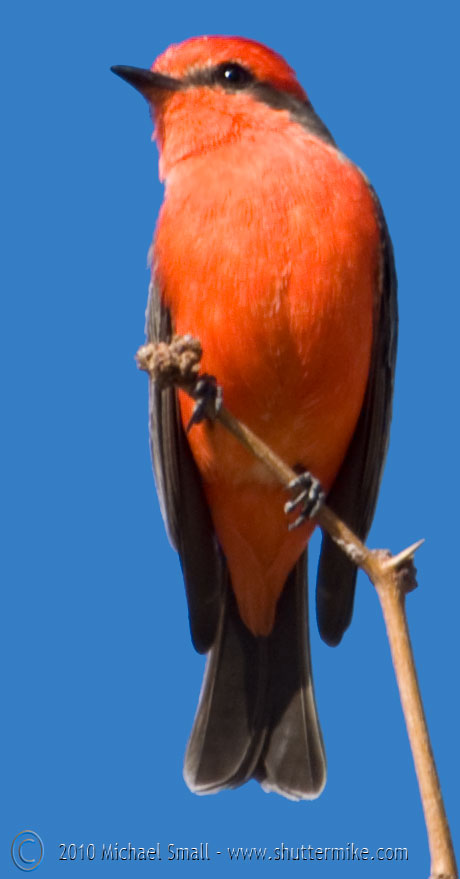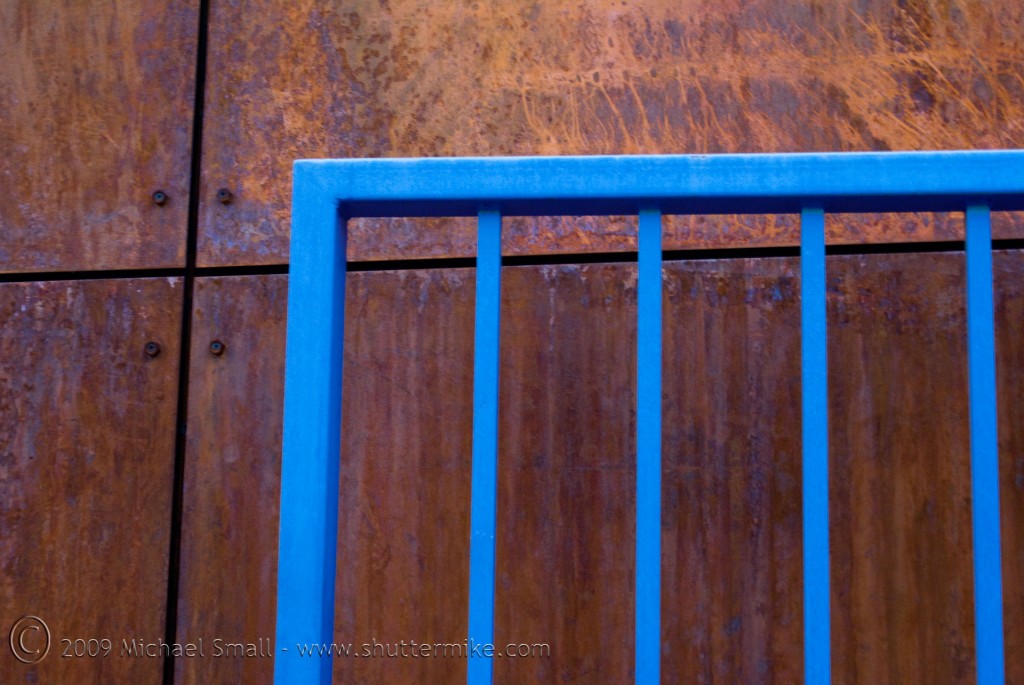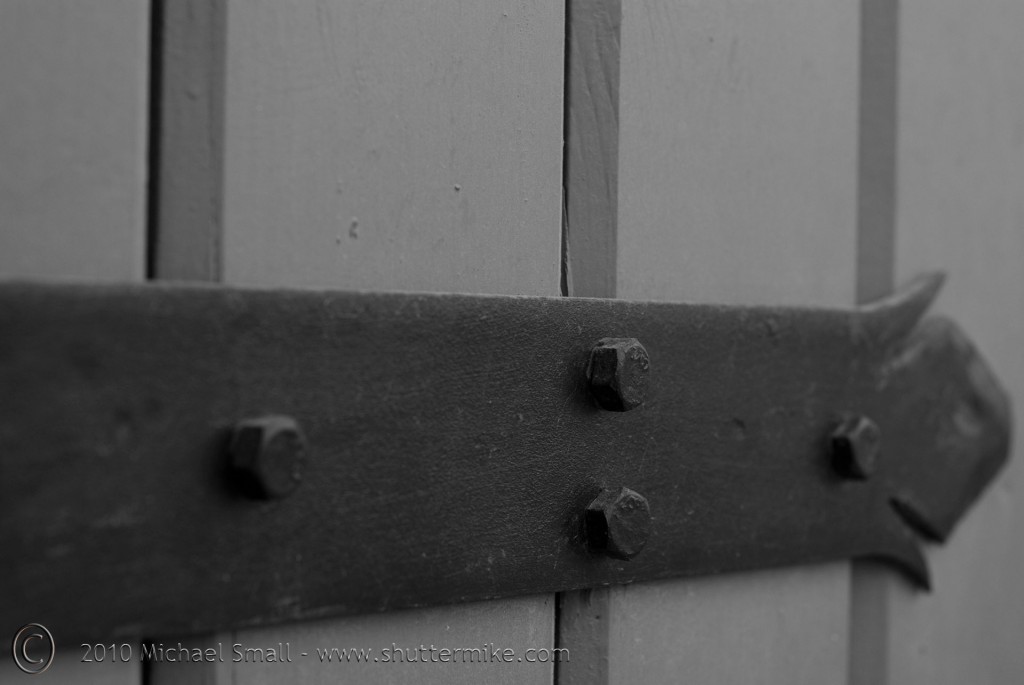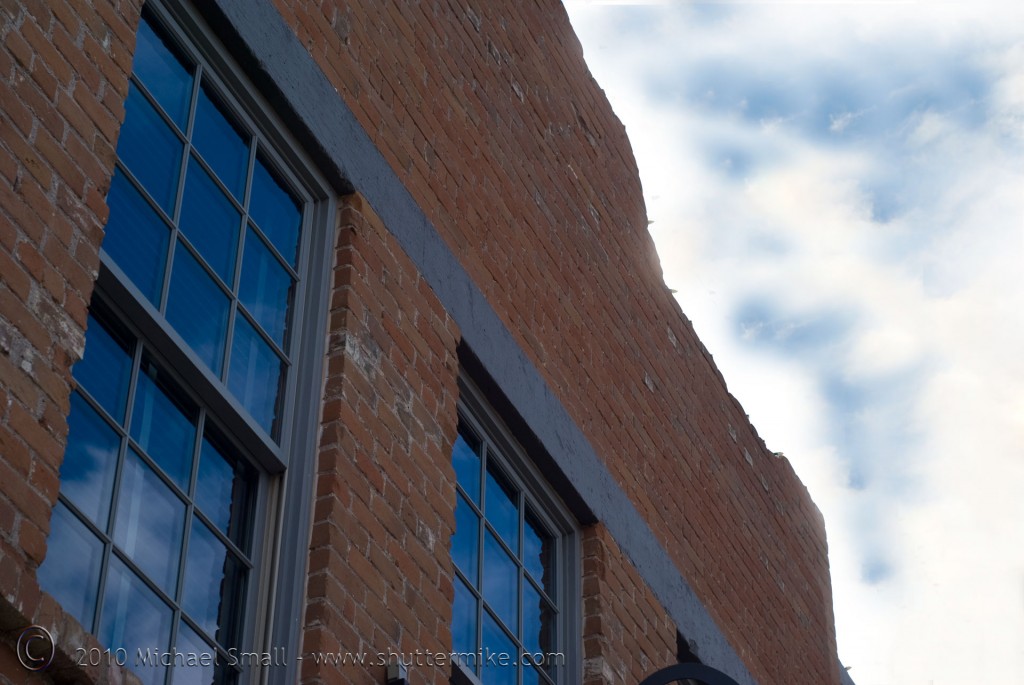I have taken 1000s of photographs over the last few years but I have had very few of them printed. Most are displayed digitally on this blog or Flickr or Facebook or stored on my external hard drives. For the most part I just never think to have my photographs printed. I suppose if I had done a lot of film photography before getting into digital photography I would place more significance on the printed image.
 However, I was recently awed by a print of one of my images enough that I may have to rethink my whole view of having my photographs printed. It started with being followed by and and following @photocanvas on Twitter, aka ZaZa Gallery. They were offering free 16 x 20 canvas prints in exchange for a review of the finished product. Free is a price I can get into and was happy to oblige.
However, I was recently awed by a print of one of my images enough that I may have to rethink my whole view of having my photographs printed. It started with being followed by and and following @photocanvas on Twitter, aka ZaZa Gallery. They were offering free 16 x 20 canvas prints in exchange for a review of the finished product. Free is a price I can get into and was happy to oblige.
The hardest part of the process was deciding which image to have printed. Not having had any canvas prints done before I was not sure how it would turn out or what image would look good in this format. I decided on one of my favorite images (on the right) of the Barrio Historico in Tucson, AZ. I love the pops of color on the three doors and the clear blue sky above the adobe building. So I sent the image off with no idea what to expect in return.

 The result was amazing. I got a 16 x 20 canvas print with a mirror wrap (that means the image is “mirrored” or repeated as the canvas wraps around the edges of the frame) and was blown away. The colors were true to, if not better than, my original. Every detail of the image is crystal clear and vibrant. The construction is very solid using archival canvas. All I can say is “wow.” This particular print runs $68. I have never price shopped canvas prints so I have no idea of this is high, low or right in the middle. But for the quality of the final product i got it is well worth it.
The result was amazing. I got a 16 x 20 canvas print with a mirror wrap (that means the image is “mirrored” or repeated as the canvas wraps around the edges of the frame) and was blown away. The colors were true to, if not better than, my original. Every detail of the image is crystal clear and vibrant. The construction is very solid using archival canvas. All I can say is “wow.” This particular print runs $68. I have never price shopped canvas prints so I have no idea of this is high, low or right in the middle. But for the quality of the final product i got it is well worth it.

When it comes to the rules of composition in photography there are two things you need to know: 1) all the basic rules of composing a good photograph and how to execute them and 2) when to disregard those rules.
To start, composition in photography refers to how the elements in the frame are constructed and arranged to result in the desired final image. There are a lot of these rules and a lot of expert opinions on how and when they should be executed. Knowing them will help you be a better photographer and help you know when they do not apply to the image you are trying to construct. I have already talked about framing the subject, leading lines and vertical vs. horizontal composition so up next is filling the frame.


The image on the left has distraction that takes away from the main subject, the bird. The photo on the right works better because it fills the frame and nothing else in the image takes away from the bird.
Filling the frame is about making your intended subject the center of attention by doing just that, filling the frame, from top to bottom and left to right with nothing but your subject. By cropping out the background “noise” and distraction you bring the subject to the forefront and leave no doubt as to what your photograph is about. But as with all of these photography composition rules this is not an absolute rule. You can’t zoom in on the intended subject and cut out everything in the background and expect a good rule obeying photograph. Sometimes the background is part of the story or it enhances rather than distracts from the main subject or maybe that “distraction” gives your particular image the creative touch you were looking for. This is where part two comes into play, know the rule and then know when it does not apply.
 In this photo the branches of the tree go from top to bottom and left to right completely filling the space within the borders of the image frame. This technique makes it clear that the tree is the central subject of the photograph.
In this photo the branches of the tree go from top to bottom and left to right completely filling the space within the borders of the image frame. This technique makes it clear that the tree is the central subject of the photograph.
http://shuttermike.com/arizona/photography-101-composition-in-photography-horizontal-vs-vertical/
 However, I was recently awed by a print of one of my images enough that I may have to rethink my whole view of having my photographs printed. It started with being followed by and and following @photocanvas on Twitter, aka ZaZa Gallery. They were offering free 16 x 20 canvas prints in exchange for a review of the finished product. Free is a price I can get into and was happy to oblige.
However, I was recently awed by a print of one of my images enough that I may have to rethink my whole view of having my photographs printed. It started with being followed by and and following @photocanvas on Twitter, aka ZaZa Gallery. They were offering free 16 x 20 canvas prints in exchange for a review of the finished product. Free is a price I can get into and was happy to oblige.
 The result was amazing. I got a 16 x 20 canvas print with a mirror wrap (that means the image is “mirrored” or repeated as the canvas wraps around the edges of the frame) and was blown away. The colors were true to, if not better than, my original. Every detail of the image is crystal clear and vibrant. The construction is very solid using archival canvas. All I can say is “wow.” This particular print runs $68. I have never price shopped canvas prints so I have no idea of this is high, low or right in the middle. But for the quality of the final product i got it is well worth it.
The result was amazing. I got a 16 x 20 canvas print with a mirror wrap (that means the image is “mirrored” or repeated as the canvas wraps around the edges of the frame) and was blown away. The colors were true to, if not better than, my original. Every detail of the image is crystal clear and vibrant. The construction is very solid using archival canvas. All I can say is “wow.” This particular print runs $68. I have never price shopped canvas prints so I have no idea of this is high, low or right in the middle. But for the quality of the final product i got it is well worth it.










